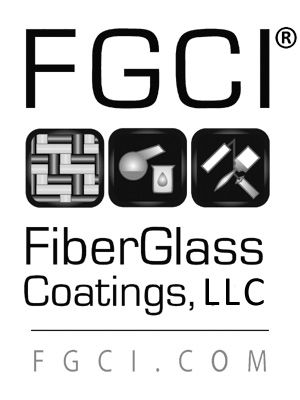Z6_EL9QHKG10GPM20IJGE61AK10O0
Z7_P86CH0O0I0RF10IB06HRVQ0087
 S2K Commerce - Products Dropdown
S2K Commerce - Products Dropdown
Z7_EL9QHKG10GPM20IJGE61AK10S5
 S2K Commerce - Order Entry
S2K Commerce - Order Entry
Your Price:
399.99
Each
Your Price:
85.46
Each
Your Price:
136.26
Each
DESCRIPTION:
Fiberglass Coating Bubble Buster is a proprietary blend of low viscosity solvents specifically designed to break the surface tension of curing high solids resin mixtures such as Table Top Epoxies.
Directions for use:
Allow Table Top products or resins to stand alone for 5 to 10 minutes until bubbles have risen to the surface, then lightly mist Bubble Buster over that surface and watch the bubbles disappear. A second application several minutes later may also be desirable
Precautions:
Precautions:
Bubble Buster is extremely Flammable, Do not use near open flames.
Product is to be lightly misted over the surface and should not accumulate or pool up on the surface.
Your Price:
3.08
Each



